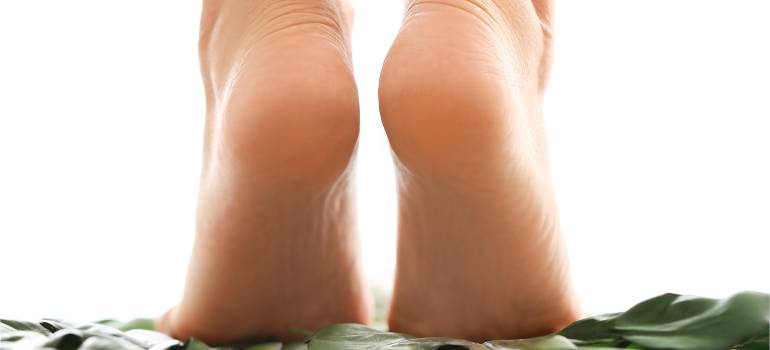Introduction
Flat foot occurs when the arch collapses or flattens out over time. This condition causes pain, discomfort, and swelling. While flat feet can affect adults and children, they are much more common in older individuals. They typically develop during adolescence and tend to worsen with age. The exact cause is unknown, although some experts believe genetics plays a role in its development.
Although the majority of people who suffer from flat feet don’t experience symptoms, those who do often complain of pain, ankle instability, and difficulty walking. There are two types of flat feet: flexible and rigid. Flexible flat feet occur due to structural problems that result in lax ligaments, which allow the arches to collapse. Rigid flat feet are caused by muscle contractions that prevent the normal stretch of ligamentous tissue.
What are various kinds of Flat Foot?
Rigid Flat Foot: When standing or sitting, a person with rigid flat feet has no arches. This disorder usually appears during adolescence and worsens with age. Your feet may be in agony. Moving the feet from side to side or flexing them up and down can be difficult. Flatfoot can affect one or both feet.
Flexible Flat Foot: The most common are flexible flat feet. When not standing, you can see the arches on your feet. When you put weight on your feet, the arches disappear. Flexible flatfoot develops during childhood, affecting both feet and progressively worsens with age. Tendons and ligaments in the foot arches can strain, rip, and bulge.
Vertical Talus: Vertical talus is a birth condition (congenital handicap) that prevents arches from developing in some neonates. The talus bone in the ankle is out of place. The foot’s bottom mimics the bottom of a rocking chair. The vertical talus is often referred to as the rocker-bottom foot.
Adult Fallen Arch: The foot arch collapses unexpectedly in an adult-acquired flat foot. The foot turns outward due to the falling arch, which can be painful. The issue may just affect one foot. The most common cause is inflammation or a tear in the leg tendon that supports the arch (posterior tibial tendon).
What are the symptoms?
Toe and foot are pointing outwards.
Experiencing when walking or when changing direction
Fatigue in leg or foot.
Pain in the ankle, arch or heel.
What is the treatment?
Strengthening and stretching therapies can help relax tight tendons and muscles, enhancing flexibility and mobility.
To reduce inflammation and pain, use nonsteroidal anti-inflammatory drugs (NSAIDs), ice and rest.
Foot orthotics, foot braces, and custom-made shoes are examples of assistive equipment.
Conclusion
The condition usually occurs due to inflammation of the joints of the feet. There are various causes of the flat foot, such as gout, arthritis, etc., but the common cause is wearing ill-fitting shoes. If left untreated, flat foot can even lead to serious complications.
Do not suffer more, Visit Orthocure for the best flat Foot Insoles related treatment in Gurgaon. At Orthocure, you will receive treatment and care from the industry’s best physicians.





